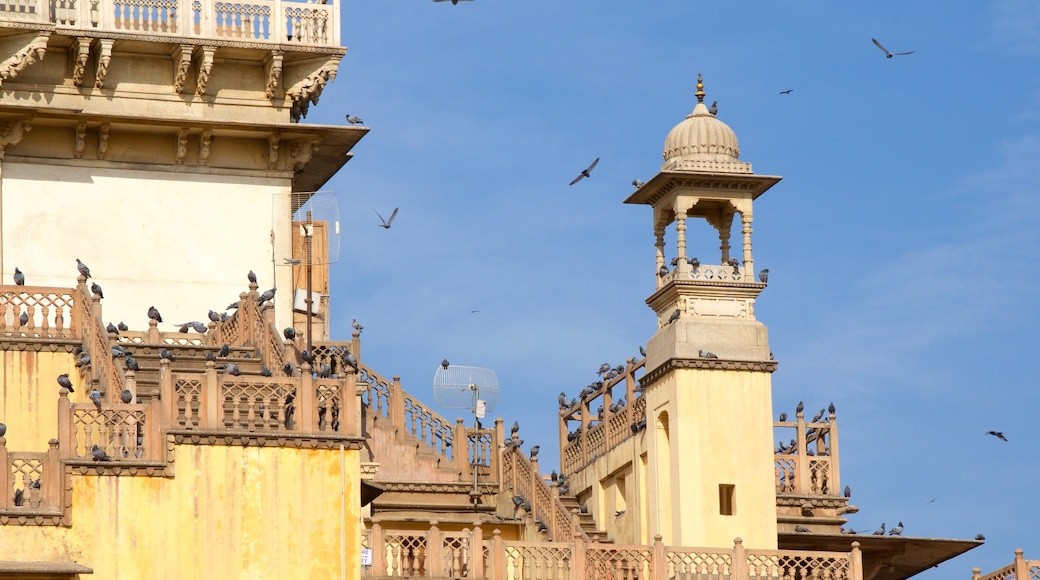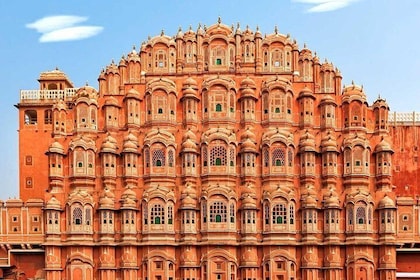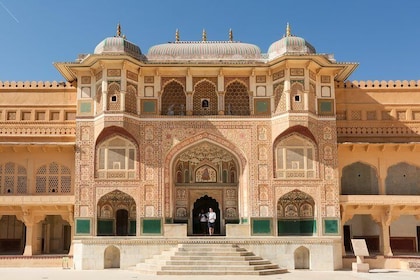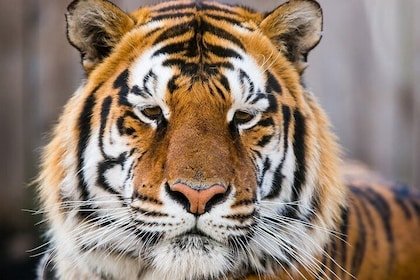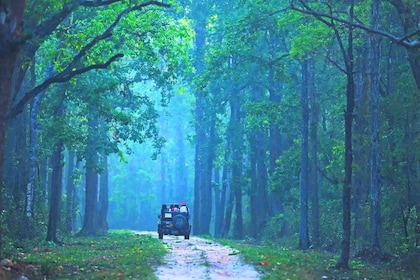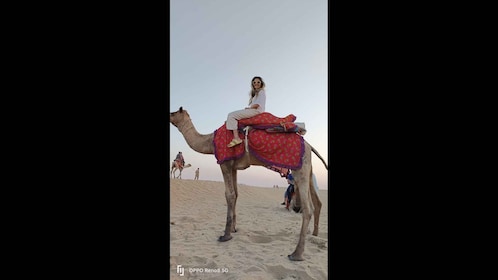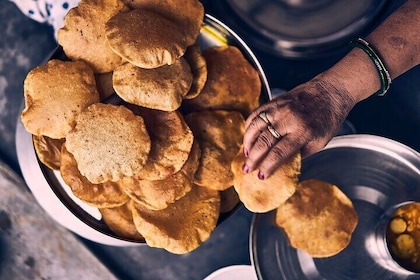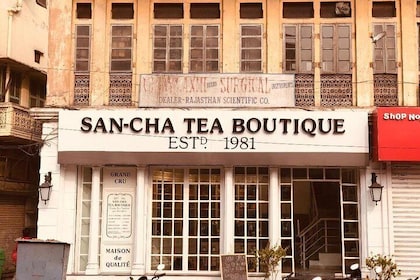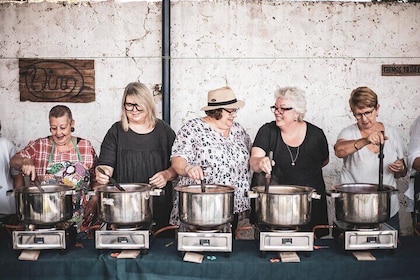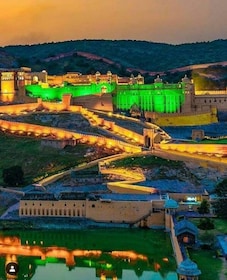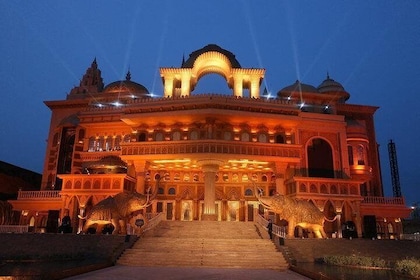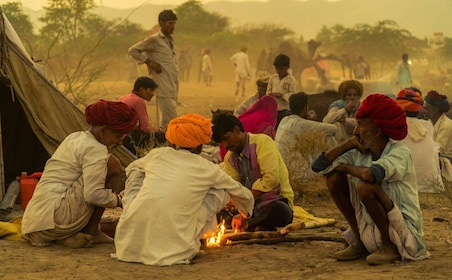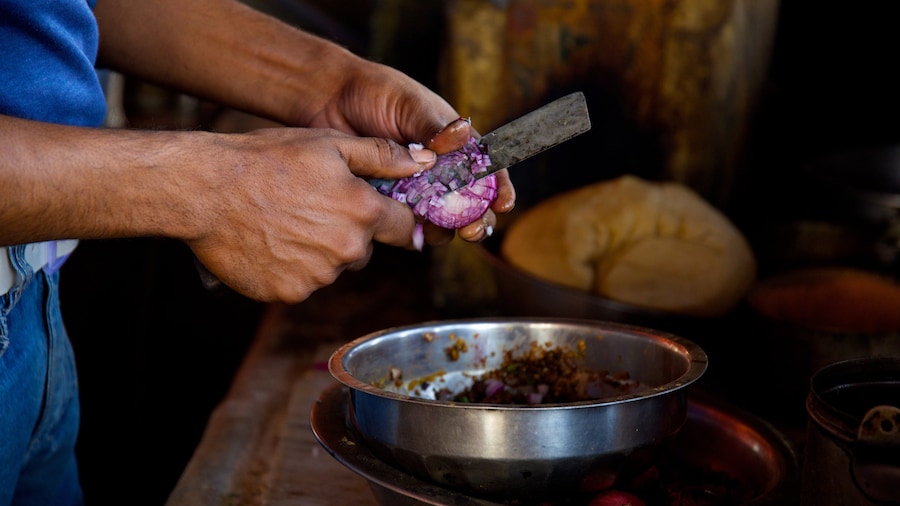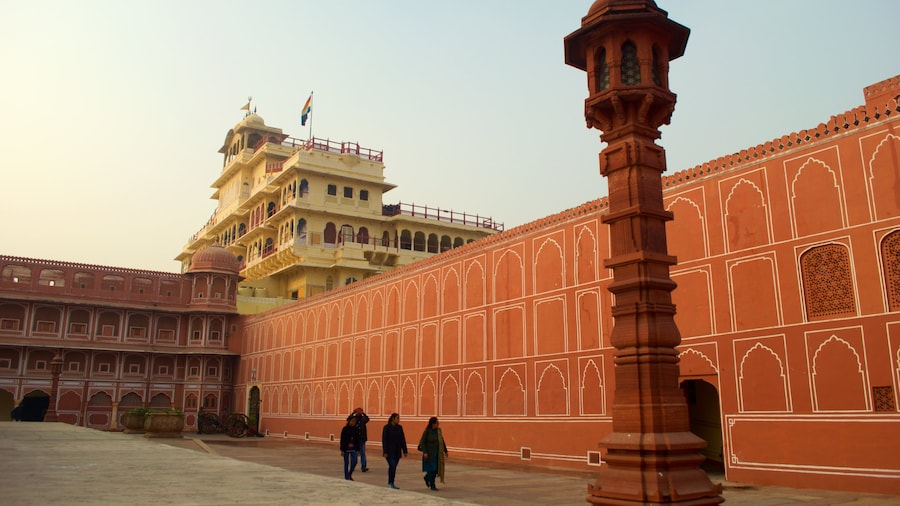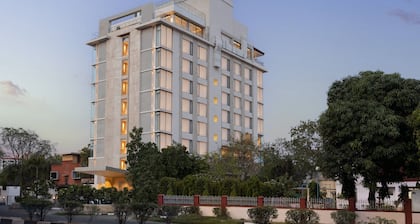Beneath the arches and domes of a magnificent 19th-century building lie the vast collections of Jaipur's Central Museum. This repository of the region's history and cultural heritage encompasses thousands of pieces, including jewels, ceramics, metal sculptures, crystal works and weapons.
You may also hear the museum referred to as the Albert Hall Museum. The name is in honour of King Edward VII who visited India when he was Albert Edward, Prince of Wales.
Devote at least a couple of hours to exploring the spacious rooms. Browse the metallurgy section, where you'll see finely crafted bronze crockery, silver jugs and golden plates. They date back to the 19th century and come from several parts of India. Nearby, the armoury section displays the same attention to detail, but applied to such accessories of war as daggers, knives and gauntlets. Admire the Ankush-Elephant Goad, an ornamental spear with a perpendicular protrusion and inspect the vicious spikes of the Gurj Mace.
Continue to the sculptures section to see stone depictions of deities and rulers. Observe the Shiva head, a beautifully rendered carving from the 8th century. Peruse the international art section for its Japanese figurines, Burmese silverware and the mummified remains of Tutu, an Egyptian figure dating back to 322 B.C. There’s more art on display in the three galleries on the first floor that display miniature paintings depicting mythological scenes and gods in various forms.
The Jewellery Gallery displays rings, bracelets, ear studs and hair pins from the everyday lives of Jaipur women in the 19th century. Look through exhibits of golden ornaments designed for the wealthy as well as peasant jewellery, which was made from silver, brass and an alloy known as gilat.
The Central Museum is located in the Ram Niwas Garden in central Jaipur. Get there by train, bus or rickshaw. The museum is open daily except for some holidays and charges admission. There are discounts for students, while children under the age of 7 get in for free.



